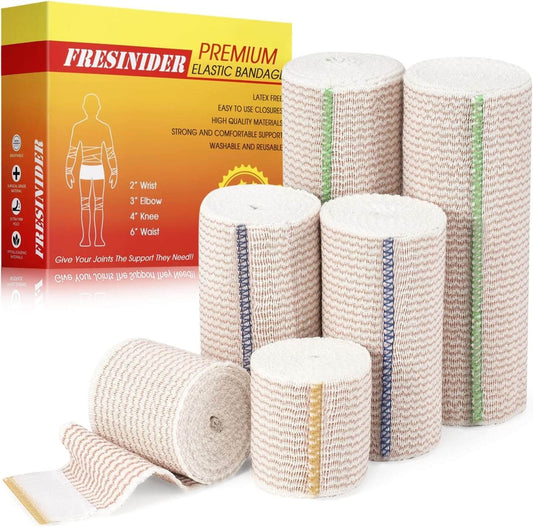What is HS and why wound care matters
Hidradenitis suppurativa (HS) is a chronic inflammatory disease of the hair follicle that causes painful nodules, abscesses, draining tracts, and scarring in friction-prone folds (armpits, groin, under breast, buttocks). Thoughtful day-to-day wound care improves comfort, odor control, and quality of life while you pursue medical treatment.
Patient resources: American Academy of Dermatology (AAD) · HS Foundation
Where hydrocolloid dressings fit in HS care
Hydrocolloid dressings contain particles (e.g., carboxymethylcellulose, pectin, gelatin) that gel on contact with exudate, sealing the area and maintaining a moist environment that supports comfort and autolytic debridement. They’re best when exudate is minimal to mild and the goal is friction reduction + clean cover. When drainage is higher, step up to foam, hydrofiber/alginate, or super-absorbent options.
Learn the basics: hydrocolloid dressing

When hydrocolloid is appropriate — and when it’s not enough
Appropriate
- Shallow, superficial openings with light drainage (e.g., after an abscess flattens and is slightly weeping).
- Friction-exposed folds where a thin barrier reduces chafing from skin or clothing.
- Daytime protection under loose, breathable clothing; shower-friendly cover.
Not enough / avoid
- Moderate–heavy drainage, obvious sinus tracts, or signs of infection/malodor.
- Extensive Hurley II–III disease requiring systemic therapy, biologics, laser, or surgery.
- Known adhesive allergy or repeated skin stripping from aggressive tape removal.
How to choose a hydrocolloid (and alternatives)
- Thickness & flexibility: Extra-thin hydrocolloids contour better in axilla/groin and lift less in creases. Bordered versions add edge security.
- Match to drainage: Minimal–mild → hydrocolloid (thin) or light foam; Moderate → foam or hydrofiber/alginate; Heavy → consider super-absorbent options per clinician advice.
- Gentle fixation: If adhesives irritate, use gentle borders, tubular netting, or HS garments to hold dressings without skin trauma.
- Affordability: Ask your clinician about insurance coverage for HS wound supplies if costs mount.
Step-by-step: using hydrocolloid on HS lesions
- Cleanse → dry completely. Gently wash the area; pat fully dry. Trim hair rather than full shave if shaving irritates.
- Cut to fit curves. For underarm/groin, cut oval or crescent shapes; round corners to reduce lifting in folds.
- Apply with a margin. Cover the opening and at least 0.5–1 cm of surrounding healthy skin to seal.
- Check absorption & edges. Replace when the dressing turns white/gelled, swells, leaks, or edges roll — for HS, daily changes are typical even though hydrocolloids can stay longer on standard wounds.
- Escalate when needed. If pain, redness, odor, or drainage worsens, switch to a more absorbent category and consult your clinician.
Thin, cut-to-fit coverage for light drainage.
Contour to the axilla or groin and reduce friction under clothing. Not for infected or heavily draining lesions.
Hydrocolloid vs. other common HS dressings
- Foam dressings: higher absorbency; good for moderate drainage and friction control.
- Hydrofiber/alginate: very absorbent; suited for moderate–heavy drainage.
- Gauze: accessible but may adhere and irritate; prefer nonadherent types if used.
- Garment/netting systems: hold any dressing in place in axilla/groin while reducing tape trauma.
Dressings don’t replace HS treatment
Evidence-based medical therapy (topicals, antibiotics, hormonal options), biologics (e.g., TNF-α / IL-17 inhibitors), laser, and surgery are often needed to control disease and reduce new lesions. Work with a dermatologist for a personalized plan.
Learn more: AAD treatment overview
FAQs
Will hydrocolloid draw out HS cysts or tunnels?
No. Hydrocolloid can manage surface drainage and reduce friction, but deep nodules or sinus tracts require medical evaluation and often different treatments.
Can I shower with hydrocolloid on?
Yes — most have a water-resistant film backing. Replace if it lifts or leaks.
What if adhesives irritate my skin?
Try extra-thin, gentle-border hydrocolloids or use tubular netting/garments to hold a non-adhesive dressing in place.
How do I manage odor?
Regular cleansing and matching the dressing to drainage help. Ask your clinician about antimicrobial options if odor persists.

Custom, thin coverage for fold areas.
Cut ovals or crescents to fit the axilla or groin. For light drainage and friction control — not for infected or heavily draining lesions.
Shop Fresinider Hydrocolloid Roll




